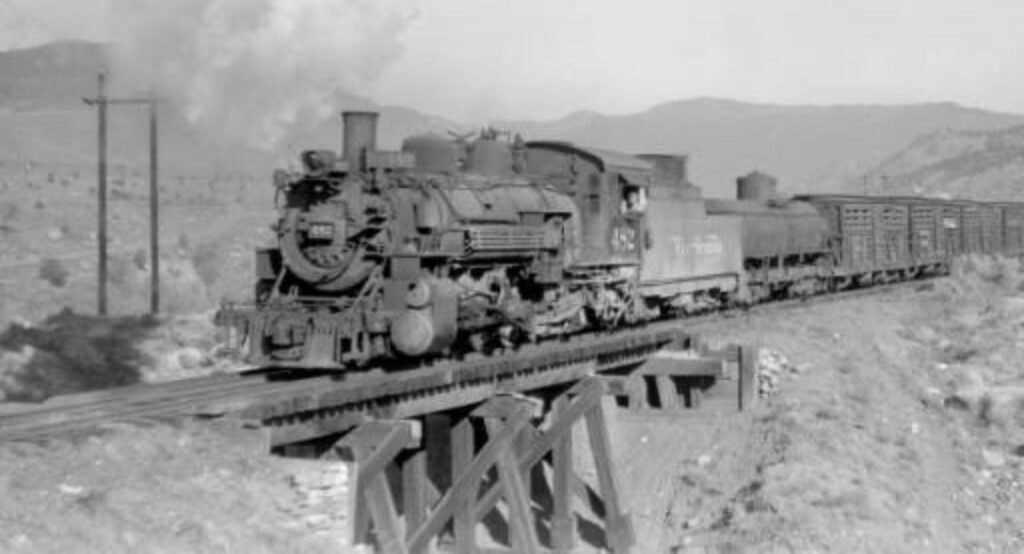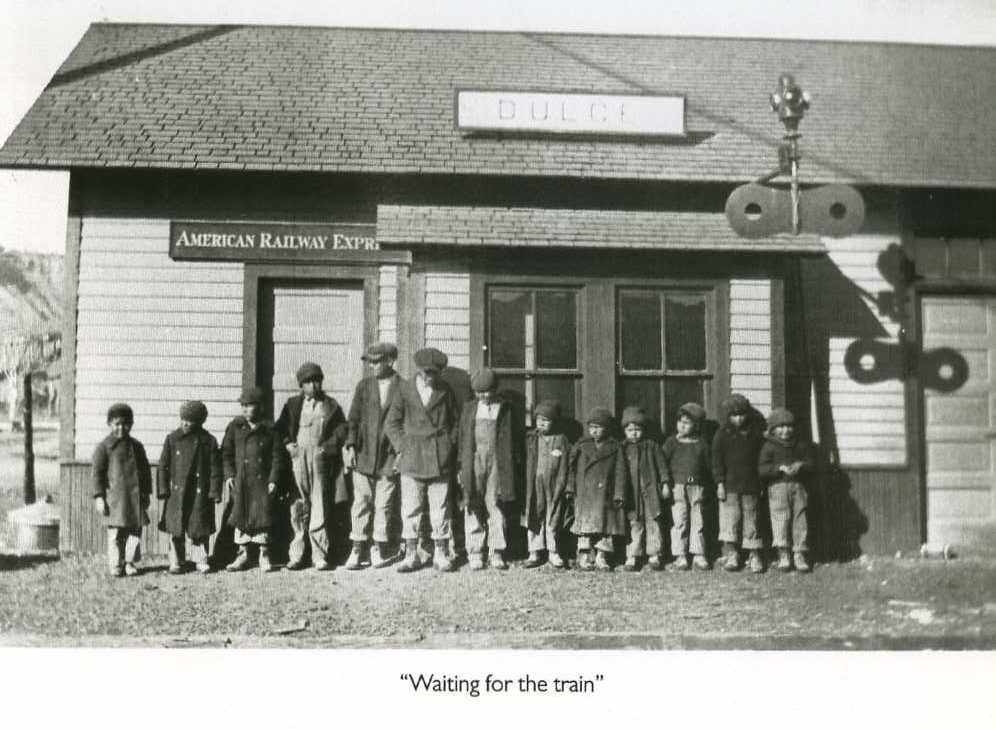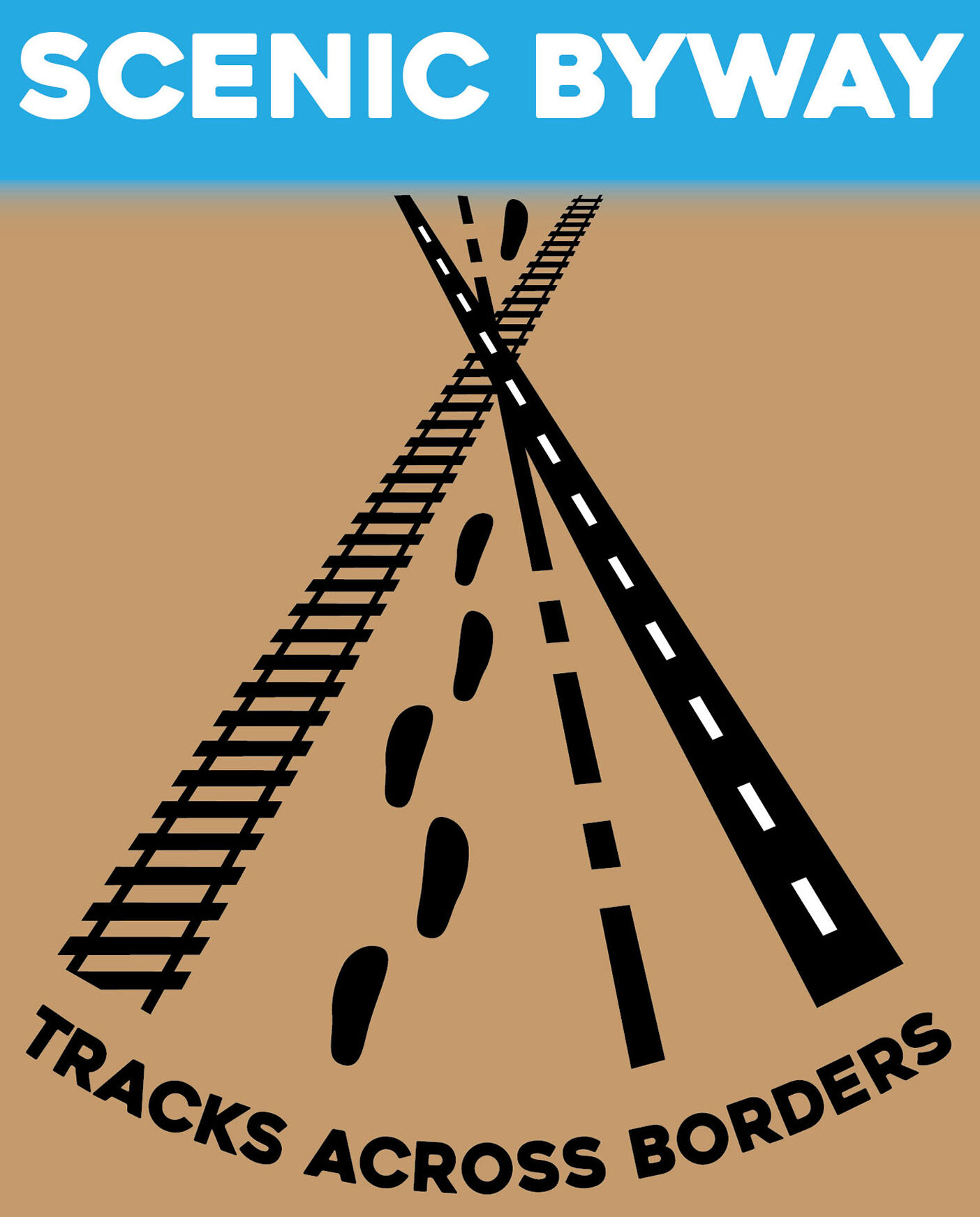History of the Byway
Located in southwest Colorado and northern New Mexico, the scenic and historic byway traces the historic narrow-gauge right-of-way of the Denver and Rio Grande Railroad (D&RG). The Byway’s primary feature is one of Colorado’s greatest stories – the creation and development of the state’s first, and ultimately the nation’s largest, narrow-gauge railroad system. Prominent sections of the Byway corridor are located on, or adjacent to, the original railroad grade. Once connected via the railroad, Durango and Chama serve as the primary gateway cities to this Byway. These two National Historic Landmarks are linked once again. The Durango & Silverton Narrow Gauge Railroad and the Cumbres & Toltec Scenic Railroad have achieved the highest designation of national historic significance in the country.

Following the historic railroad grade, the Byway passes from Durango, through the Southern Ute Indian Tribe reservation land, whose headquarters and superlative Southern Ute Cultural Center and Museum are located in Ignacio, Colorado. The route travels through and near early 19th-century Hispanic settlements that pre-date the railroad. Beautiful natural landscapes, farming towns, and historic settlements punctuate the route.
The Byway skirts the north end of Navajo Lake, a little-known environmental and recreational gem in the Colorado and New Mexico State Parks systems. Navajo Lake State Park is often referred to as Colorado’s Lake Powell and is a major recreational, educational, and scenic attraction on the Byway. Here travelers can recreate and learn about natural history, prehistoric occupation, and the complexities of western water development, which included the 1960s rerouting of the D&RG railroad tracks north around the future shoreline of the Navajo Lake reservoir.

Chimney Rock National Monument is an essential thematic feature of national significance on the Byway. The round-trip spur provides access and increased exposure to one of America’s newest National Monuments, designated in September 2012. Chimney Rock is a place of unparalleled natural beauty sitting on a high mesa at the southern edge of the San Juan Mountains within the San Juan National Forest. Chimney Rock is one of the highest-elevation Ancestral Puebloan sites. Over 1,000 years ago, this was a place of mystery, a sacred place, and a celestial observatory for the Ancestral Puebloans.
The historic byway then travels through the Jicarilla Apache Nation offering insights on Native American and Hispanic culture, art and prehistory. The historic railroad grade, the Continental Divide, the Bill Humphries Wildlife Area and a portion of the Old Spanish Trail are examples of the features that will be observed on this New Mexico portion of the Byway. Then pass through many historic settlements before finally arriving in Chama, NM at the Cumbres & Toltec Scenic Railroad.
